Preferences vary across nations, age groups, and customers. However, Volvo is discovering ways to simplify matters, according to its North ...
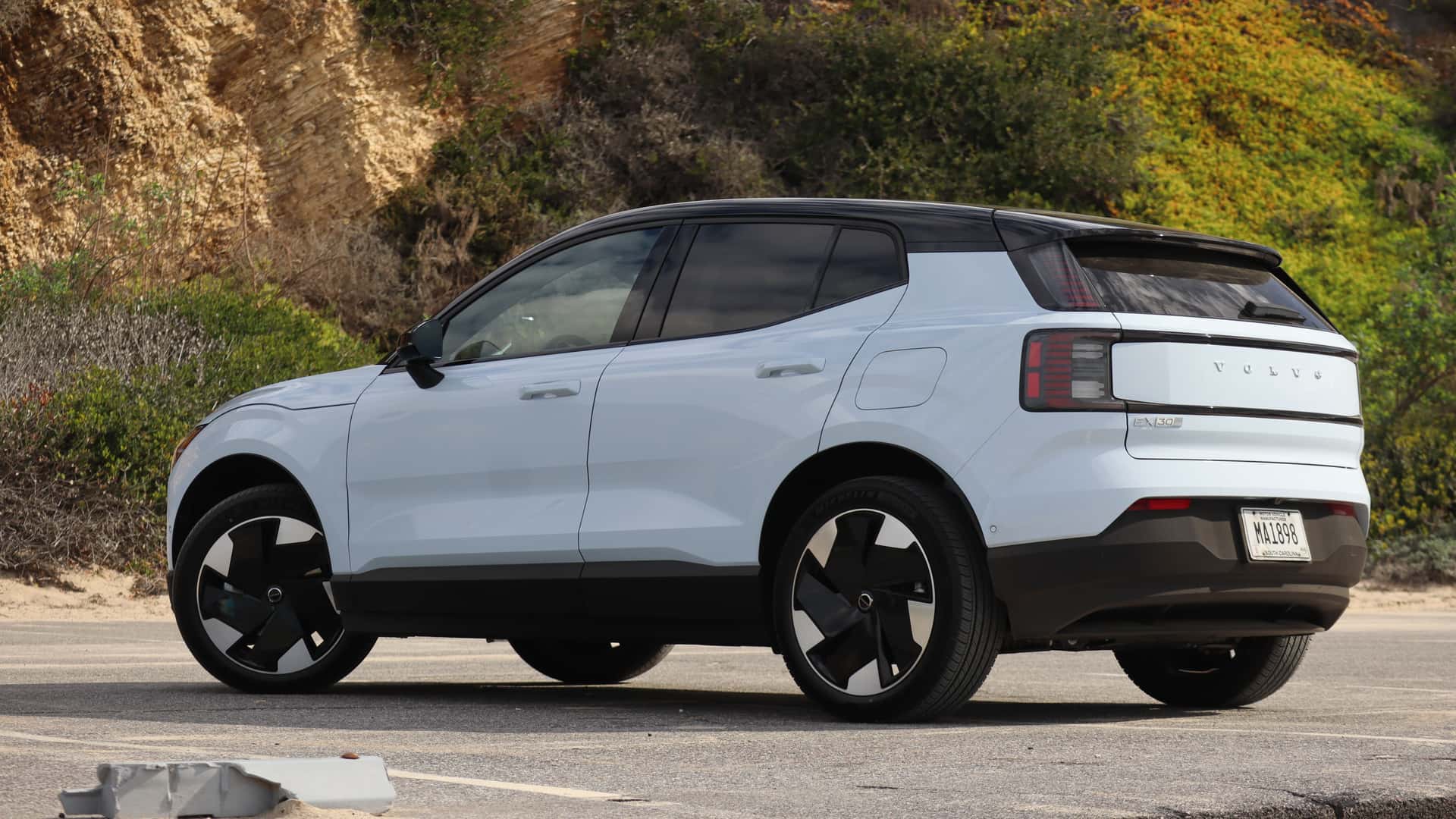
Preferences vary across nations, age groups, and customers. However, Volvo is discovering ways to simplify matters, according to its North American president.
Automotive producers are rapidly realizing that a software-driven vehicle is not a straightforward concept to, quite simply, outline. It's an entirely new landscape for car makers who previously only needed to focus on suspension systems, engines, or other mechanical components, but now are entering the exciting realm of aligning computer hardware capabilities with user experience and interface design.
It hasn't always been successful. Ask Volvo. Its most recent attempt at pursuing its formerly fully-electric future has not gone well. TheEX30 and EX90made their debut with a completely new infotainment system built on the Android Automotive platform. The response has been somewhat varied, to put it mildly. Bothour very own editor-in-chief, Patrick George, and the chief editor of our affiliated website, Motor 1, Jeff Perez, had many complaints about Volvo's system.
However, when I ended up in Santa Monica and got some time behind the wheel of Volvo's 2026 model year vehicles, I didn't face the same problems. In fact, I found Volvo's system very satisfactory and it operated without any issues in the two EX30 models I spent most of the day testing.
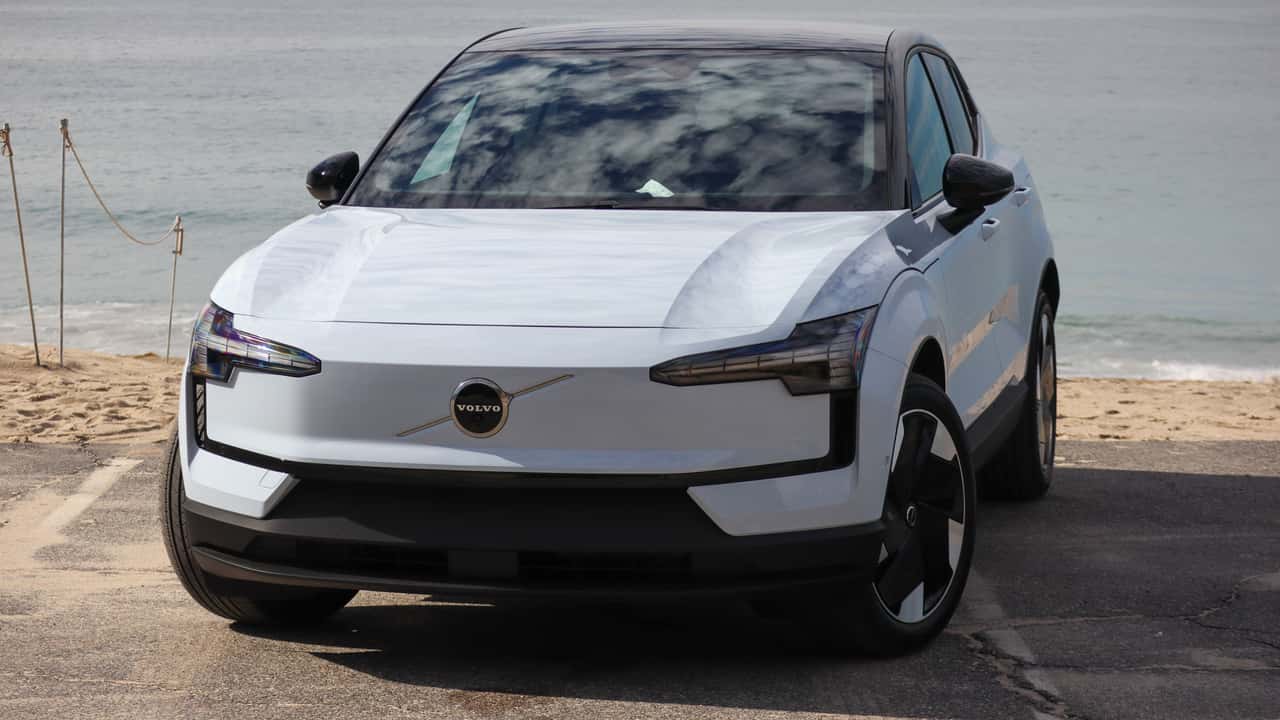
What's going on? Am I being contrary? Perhaps a little. I don't fall into the category of people who demand physical buttons over touchscreens when it comes to modern vehicle interfaces. However, there's more to this story. A discussion with the President of Volvo Cars North America, Luis Rezende, uncovered some important insights about Volvo's software-focused future, as well as some of the distinctive challenges that Volvo and other manufacturers encounter while designing and managing the overall car experience that satisfies people worldwide.
Less Nagging, More Driving
Volvo claims it is improving its software for several reasons. Firstly, it paid attention to customer input.
At first, most of the EX30's complaints focused on its driver monitoring features; glancing away from the road to the center-mounted and somewhat narrow portrait-style central screen would trigger a reminder from the car's assistant. When combined with the car's speed limit recognition, reviewers frequently found the driving experience to be annoyingly frustrating.EdmundsFor instance, the car issued a total of 22 warnings during a brief two-mile journey. That's quite concerning.
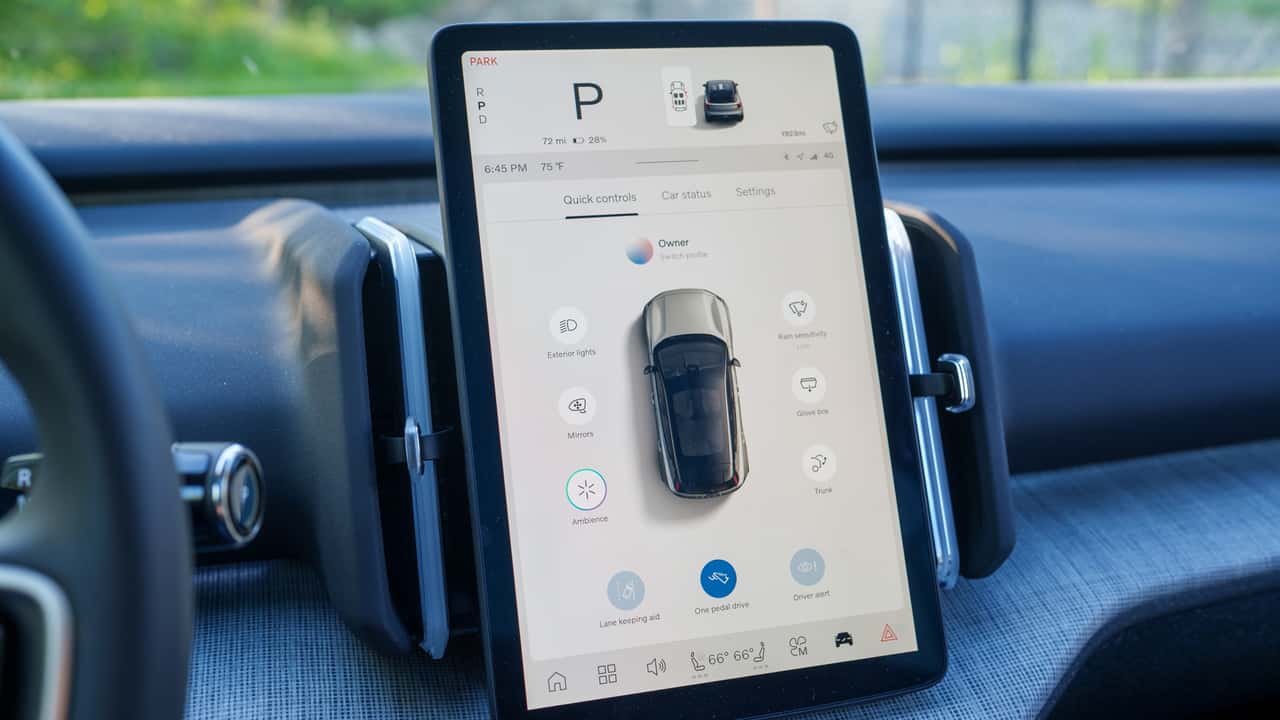
Everything is gone now. Naturally, the car still features its driver attention monitor, but the overall experience is much less bothersome. After a full day of driving an EX30 Single Motor and anEX30 Cross Country, the vehicle did not feature any loud or irritating driver alerts. This alone should significantly ease concerns that the car was barely drivable due to the infotainment system's difficult usability.
Otherwise, the car's user experience remains largely unchanged, for better or worse. This means there is a central screen that displays all the essential driving information, with no real physical buttons. If you have appreciated the interface of any particular Tesla, you will probably feel comfortable. However, I worry that my industry colleagues who are against touchscreen interfaces may still find it annoying.
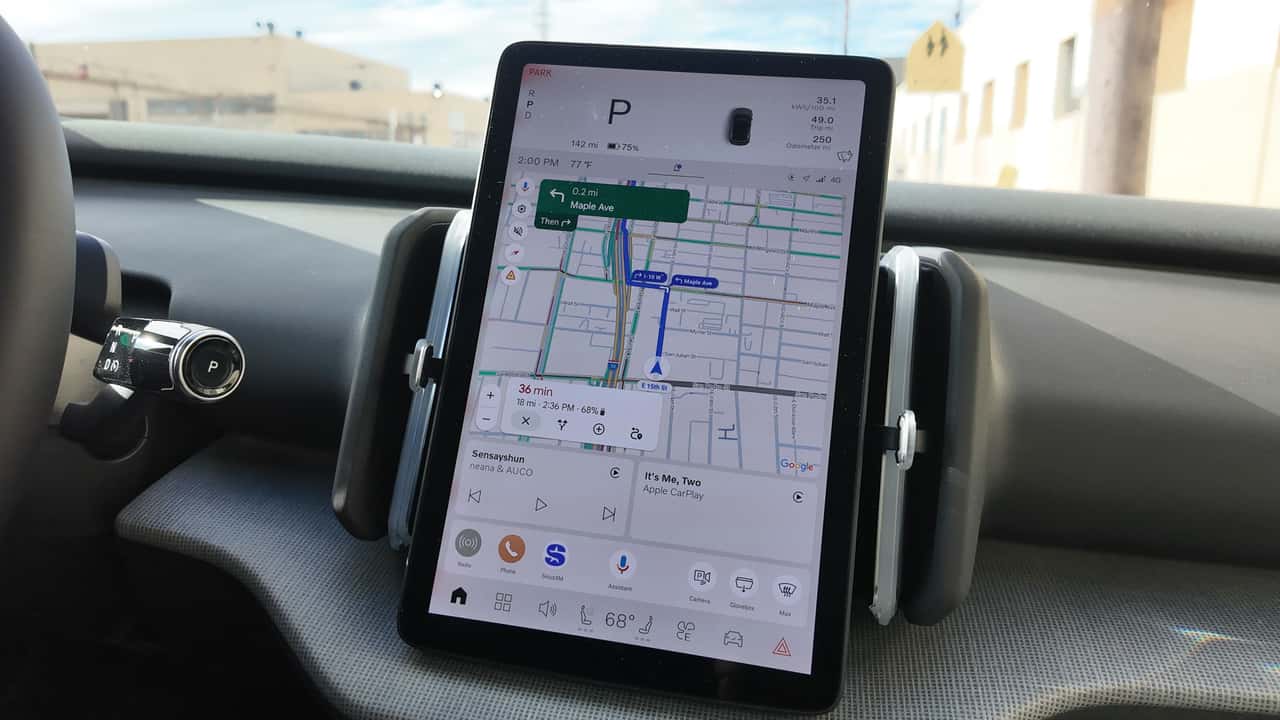
I found it quite enjoyable. It felt remarkably like the cars I have driven and experienced in China, and I appreciated that—although I must admit some of the interactions seemed a bit overly reliant on menus and dialogue boxes, and I questioned whether there was just a bit too much happening on the main screen at once. However, I eventually got used to it.
Rezende mentions that this is one of the major challenges the brand currently encounters on its new UX software path: satisfying all users while avoiding excessive adherence to notions of what is correct or incorrect. Indeed, there are numerous valid criticisms regarding large-screen, intensive software solutions, but some of the feedback can be influenced by regional consumer trends or even age groups. Rezende drew a comparison to how people use phones.
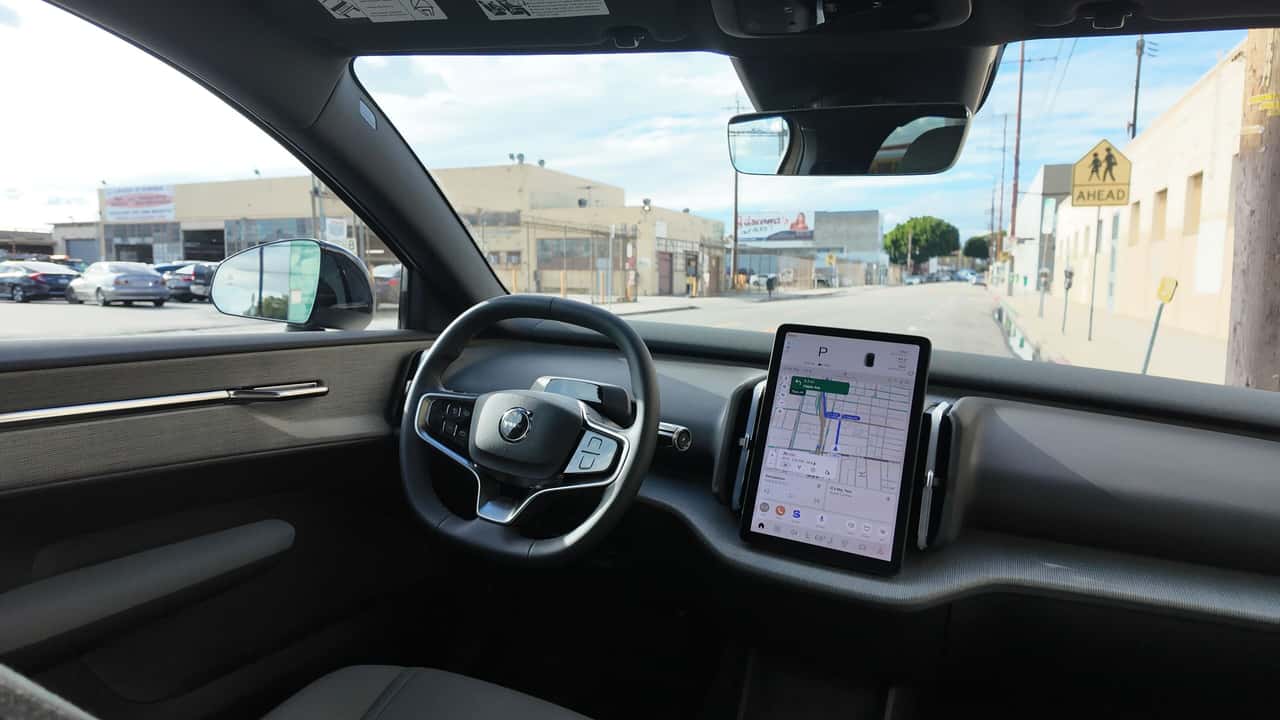
"I believe that 15 years ago, people were still reluctant to make significant transactions on their mobile phones, such as large purchases," he said.Nowadays, members of Generation Z frequently do this.. Regarding cars, Rezende mentioned that the message has two aspects. One aspect is that the concept of what is acceptable or comfortable might evolve. However, it also showed that expectations between two distinct locations can be entirely different—and bridging these differences is not straightforward.
"There are two distinct experiences being created with the vehicle," Rezende mentioned, referring to how Volvo's team balances meeting the needs of its American and European customers with those of buyers in China. "[There is] a completely different connection and set of expectations regarding what the car should include, for various reasons," he added. That's not an easy task.
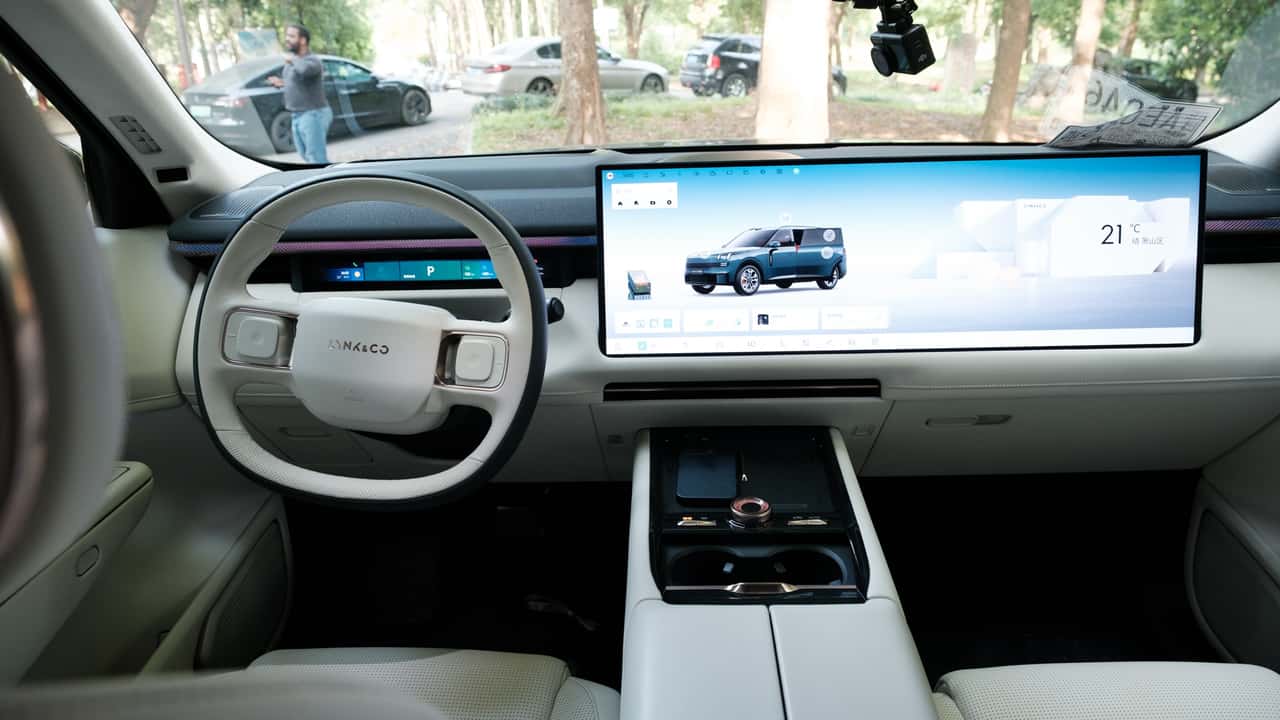
For instance, China has a strong preference for voice-activated commands and built-in passenger entertainment features. Just examine the interiors of vehicles such as theLynk & Co 900 or any given Li AutoNumerous screens are available, but many of them in these interiors are designed for entertainment purposes. In contrast, U.S. customers still favor physical buttons and a bring-your-own-device approach for in-car entertainment systems. The same preference is seen in Europe, where buttons are even being required in vehicles for safety considerations.
Additionally, American Volvo customers are still becoming familiar with advanced automotive technology. "When we first introduced the [EX30 and EX90], I believe people in the U.S. were at a different stage in their transition toward electric vehicles," he mentioned. "Initially, there was Tesla, and Tesla served as a model."
Rezende mentions that much of the industry might have been emulating Tesla to some extent. However, consumers are beginning to recognize that other brands are addressing similar design issues, and they are showing interest in Volvo's initiatives.
Things Will Probably Be Easier Now
Rezende mentioned that Volvo's infotainment system remains a continuously developing feature, but it is expected to improve as time progresses. For instance, the company has been paying attention to customers who are reportedly impressed by the system's functionality and its capacity to run applications. Rezende states that Volvo aims to eventually incorporate more Android-like services into its vehicles, depending on what its customers find appealing.

From a technical perspective, glitches should be minimized. For the 2026 model year, all of Volvo's new vehicles, including its gasoline and plug-in hybrid models, will feature a Qualcomm Snapdragon chip. (That is, except for the top-of-the-line EX90,)which features an upgraded Nvidia Drive OrinX chip.) They will all use the same software.
The simplification of technical equipment means Volvo will not need to modify the software for every specific model as much, leading to standardized development and faster progress. Rezende mentions that this is very comparable to what is happening in China, and he is correct. Entering any BYD dealership, each model will feature a screen of similar size running the same software with only slight modifications, along with nearly identical internal technical specifications.
This is promising, although it might be premature to determine whether Volvo's initiatives and commitments have yielded results. I enjoyed the EX30, but the brand's main issue remains the software in the EX90.
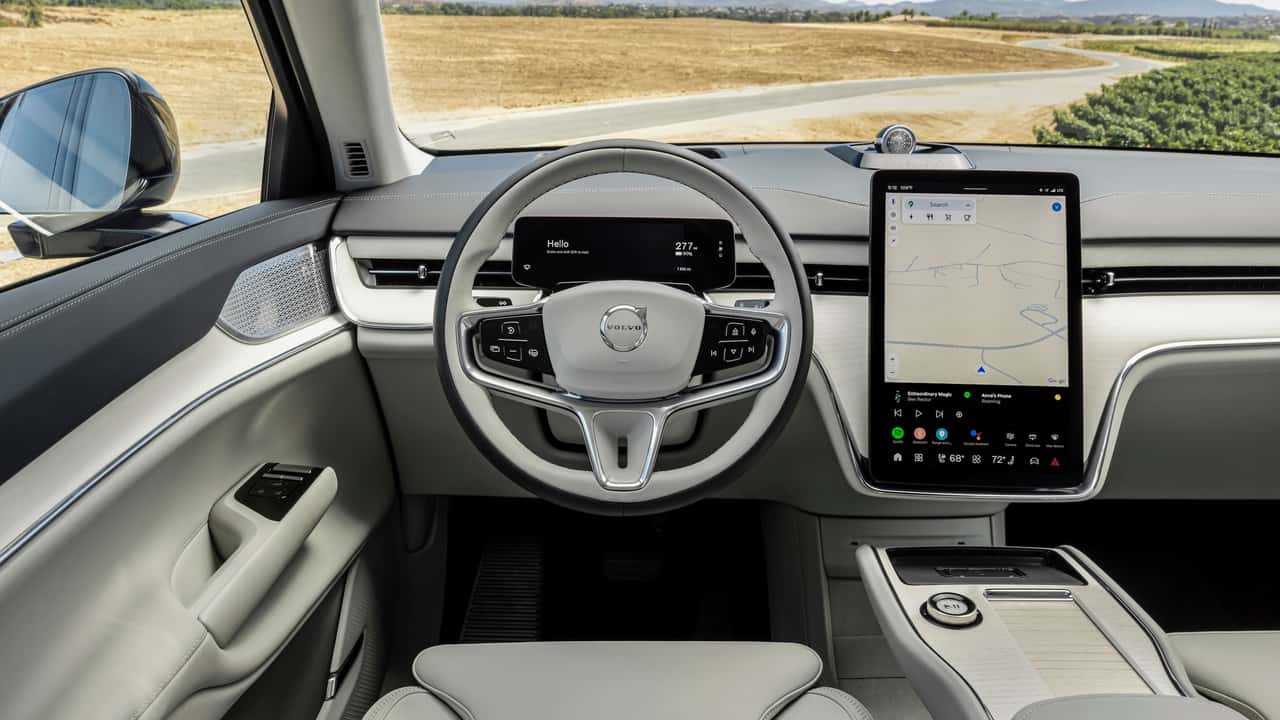
Rezende mentions that the new Nvidia chip significantly improved the car's performance. From a brief 15-minute test drive of the EX90, the vehicle felt just as smooth as the EX30s I had driven throughout the day. However, a 15-minute drive isn't sufficient to determine if a car might unexpectedly malfunction or experience serious issues with its ADAS features. I'll have to trust his assessment until one of us at InsideEVs gets the chance to test one for a longer period.
In the meantime, Volvo still faces a long journey ahead. However, to me, there is a slight sense of optimism.
Contact the author: kevin.williams@insideevs.com
- American Polestar 3 and Volvo EX90 owners have the ability to utilize their electric vehicles to supply power to their residences.
- Volvo Takes a Major Stake in a Lidar Firm. Why Is It Retreating Now?
- The Volvo EX60 with 800 Volts Will Cost Less Than Expected
- 'A Complete Disaster Within A Derailment:' Why Volvo Is Replacing All EX90's Main Computer (Updated)



